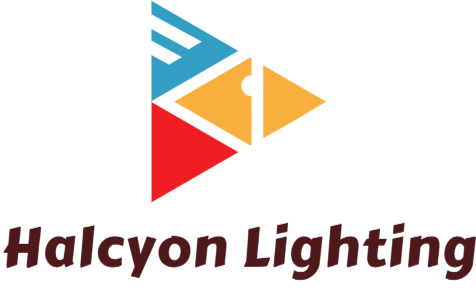Introduction
The COVID-19 pandemic has devastated entire countries, bringing economies to a grinding halt as public health officials scrambled to find ways to contain the virus. Vaccines have been at the forefront of this fight, with many countries authorizing and administering their own versions. Australia, for its part, has backed several vaccines including Pfizer, Moderna, and AstraZeneca, the last of which it has produced locally.
Recently, however, a new vaccine has emerged as a potential game-changer in the fight against the virus. Dubbed Sputnik Light, this vaccine has generated significant interest and optimism among health experts and policymakers not just in Australia, but around the world. Here, we take a closer look at this vaccine, its features, and the potential implications of its deployment in Australia.
What is Sputnik Light?
Sputnik Light is a vaccine developed by the Gamaleya Research Institute of Epidemiology and Microbiology located in Moscow, Russia. The vaccine is an offshoot of the more well-known Sputnik V vaccine that was authorized by Russian authorities in August 2020. The key difference between the two vaccines is that while Sputnik V is a two-dose vaccine, Sputnik Light is a single-dose vaccine.
Sputnik Light utilizes similar technology to other vaccines that have been authorized around the world. Specifically, the vaccine uses a viral vector that carries genetic material from the SARS-CoV-2 virus that causes COVID-19. This genetic material is then processed by the body, triggering an immune response that primes it against future infections.
Features and Advantages
One of the most significant advantages of Sputnik Light is its efficacy rate. According to the Gamaleya Research Institute, the vaccine has an efficacy rate of 79.4% after a single dose. This is significantly higher than other vaccines that require two doses to achieve similar levels of immunity. For example, Pfizer and Moderna both have reported efficacy rates above 90%, but only after the second dose.
Another advantage of Sputnik Light is its cost. The vaccine is relatively inexpensive, with reports suggesting it costs less than $10 per dose. This makes it more accessible for developing nations that might otherwise face difficulties procuring vaccines for their populations.
Finally, Sputnik Light can be stored more easily than some other vaccines. The vaccine can be stored at temperatures between two and eight degrees Celsius, which is typical of many refrigerators. This makes storage and distribution less complicated and less costly.
Sputnik Light in Australia
Australia has shown interest in Sputnik Light, with government officials and health experts weighing its potential advantages and drawbacks. On the one hand, the vaccine’s high efficacy rate and low cost make it an attractive option for the country’s vaccination program, especially as it aims to vaccinate the population as quickly and efficiently as possible.
On the other hand, Australia has yet to authorize Sputnik Light for emergency use, which means it must go through the same rigorous testing and review process as other vaccines before it can be administered. Some critics have pointed out that Australia might have reservations about approving a vaccine that has not yet been authorized by Western regulatory authorities such as the FDA or EMA.
